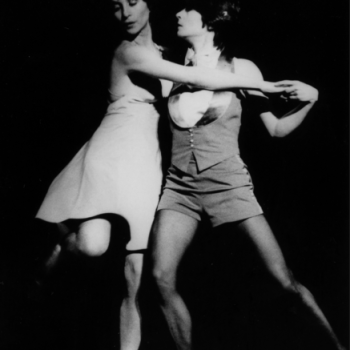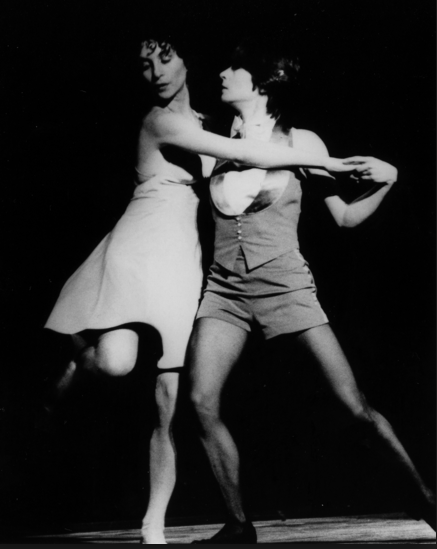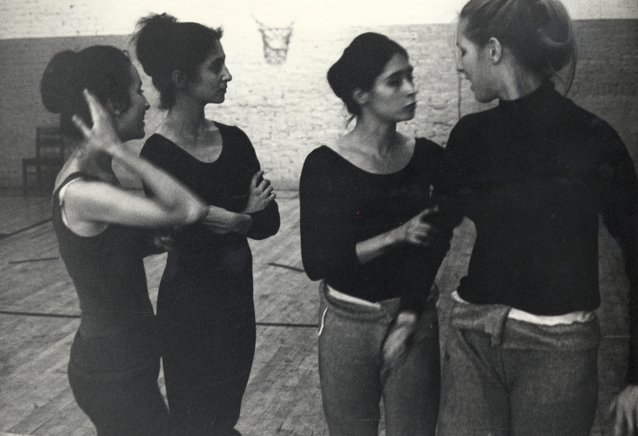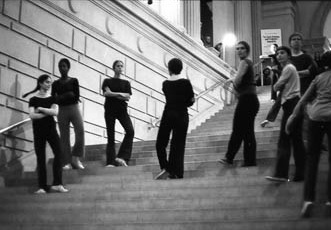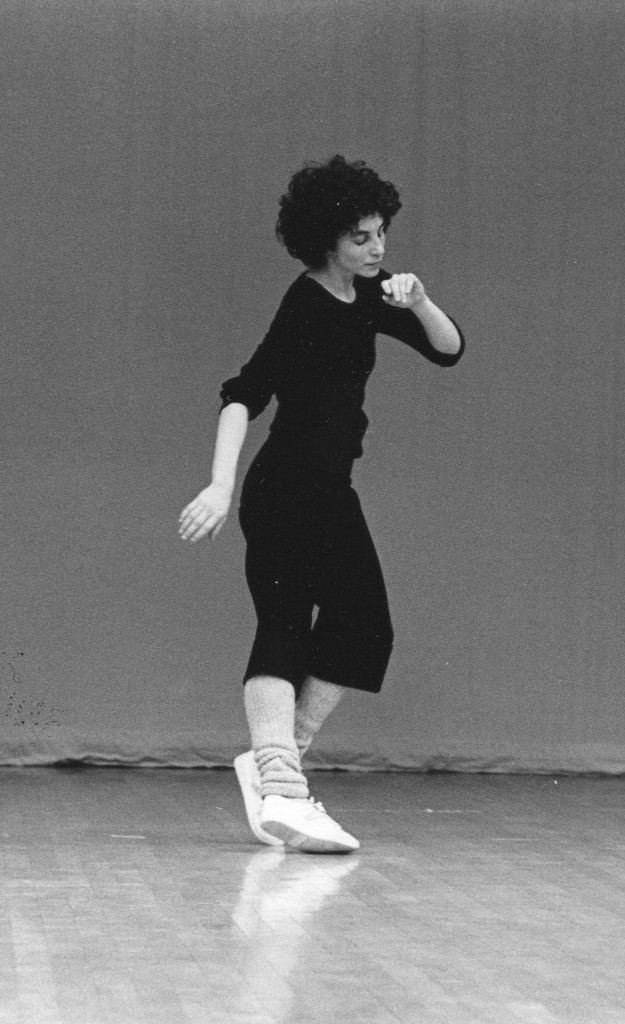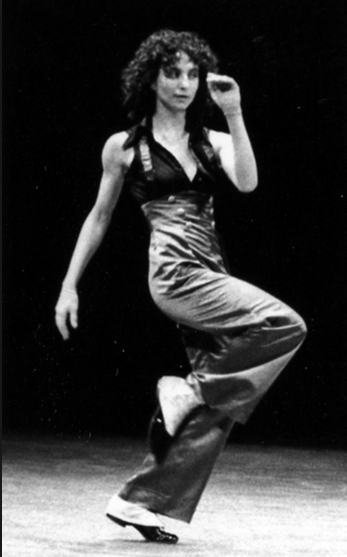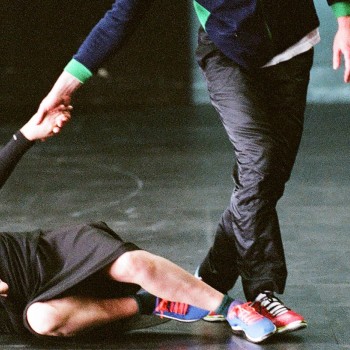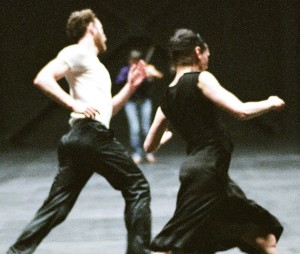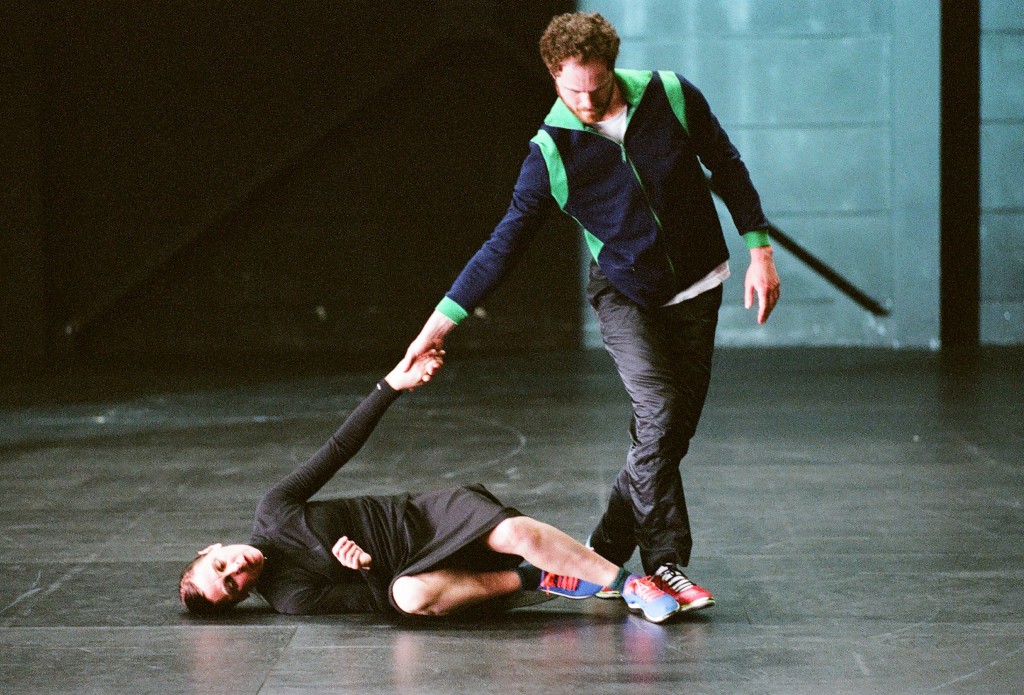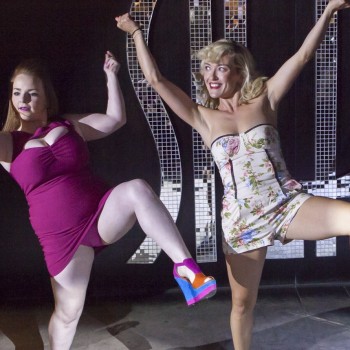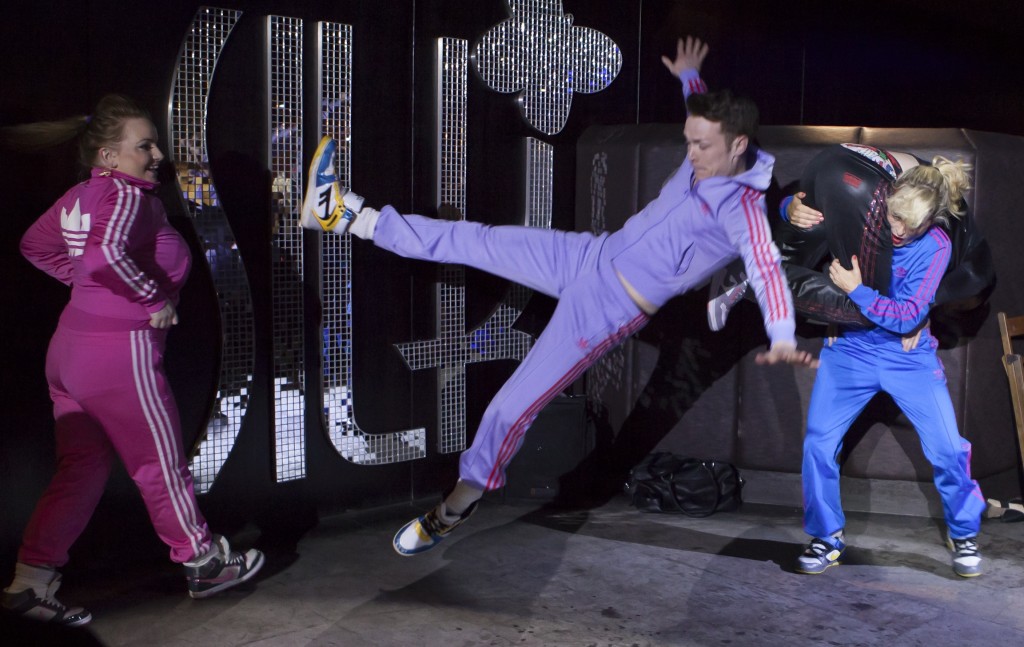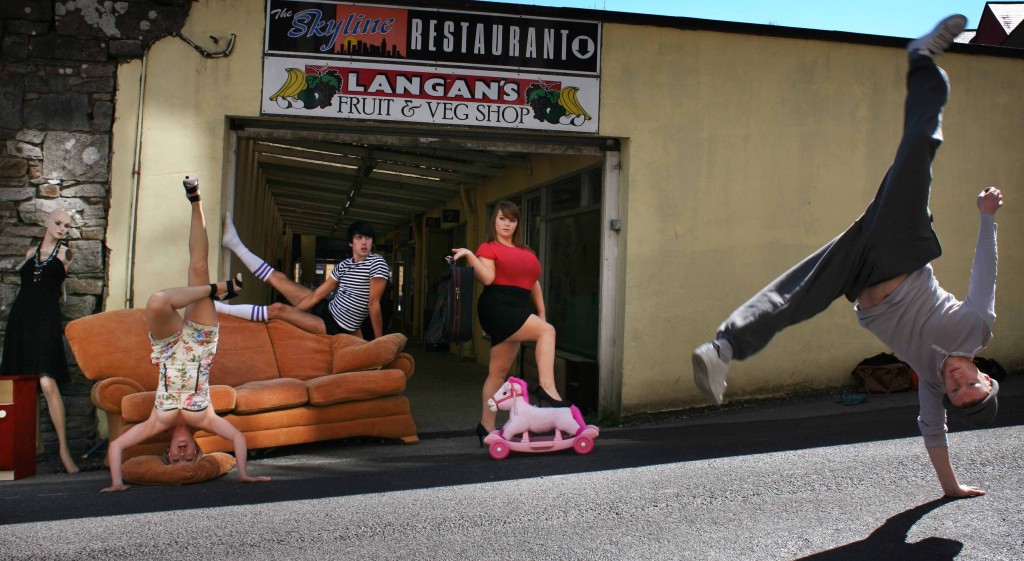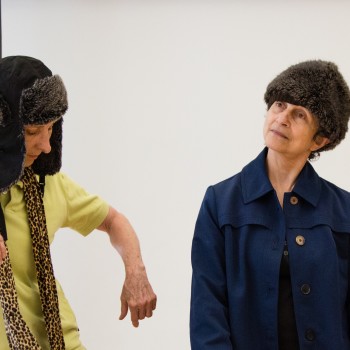I co-wrote the article below forty years ago. Since the issue has come up again (actually it never went away) I decided to post it. This diatribe was useful back in 2000 when a group of choreographers called the Gender Project got together to address discrimination against women in dance. Reading this article from 1976, they were appalled at how familiar it sounded.
Although I basically stand by what we said and the data we gathered, I now feel some distance from the strident tone. During the ’80s and ’90s, AIDS devastated the dance community. So many of my male colleagues were dying that I dropped all my anger about how hard it was for women to get a gig. At least we were alive. We were dancing, we were having babies. I’ve written about this change of heart in my book, Through the Eyes of a Dancer.
Back in the 1970s, Stephanie Woodard and I were collaborating on choreographic projects, and our rehearsal-break conversations led to a desire to expose the discrimination against women. Because we were both teaching at Trinity College in Hartford, we had ample opportunity to observe the difference in male and female student behavior. (At that time there were only two genders, nothing in between.) Stephanie, a dance ethnologist, knew about ballet history, so all the references to Taglioni et al are hers. Sorry for the lousy reproduction of the chart here; it’s from a xerox of a xerox. The chart is based on data we gathered, but I can’t vouch for the sources, because I just don’t remember.
Reading this over so many years later, I don’t completely agree with all our statements. So, in the manner of Yvonne Rainer’s “A Manifesto Reconsidered,” I am inserting my current reactions and updates in double brackets.
∞∞ When a Woman Dances, Nobody Cares ∞∞
Co-written by Wendy Perron and Stephanie Woodard
Village Voice, March 1, 1976
“When a woman dances nobody cares. All women can dance. But when a man dances, now that’s something.” —a high school dance teacher in California in 1963
In the dance business, men are in the minority. But not the usual sort of minority. Instead of being abused and ridiculed in their attempts to be accepted, they are praised and encouraged. [[Whoa! Of course, male dancers were abused and ridiculed routinely by other boys when they were students.]]
Dancers and critics alike are proud of the ever-increasing numbers of men in dance because their presence has legitimized it. No art is recognized as an art until men do it, from cooking to medicine to dance. And then it becomes dignified, arduous, skilled.
From an artistic point of view, American modern dance is the achievement of women. Isadora Duncan and Loie Fuller discovered it, Martha Graham and Doris Humphrey explored it, and the excitement of it unfolds today through women like Trisha Brown and Twyla Tharp. Over the years women have pushed back the boundaries of dance, extending the movement vocabulary, creating new modes of performance, revolutionizing concepts of composition.
Dance critic Marcia B. Siegel recently wrote: “With the exception of [Charles] Weidman and [Ted] Shawn [[those are huge exceptions!]], men didn’t begin making significant choreographic efforts outside classical ballet [[what about tap?]] until the mid-1930s, when modern dance had attained artistic recognition, built its own audience, and begun training future dancers. Now that there is something to be won, more men are entering the field and taking over.” [[That’s a bit harsh—and I don’t agree with the sentiment.]]
Ballet has allowed women as well as men to hold influential positions as performers and choreographers. It is popular today to show disdain for ballet in the nineteenth century, when women were its focus. Contemporary critics are impatient with the contrived plots and the affected acting and are embarrassed to think that male dancers had only secondary roles and were called “porteurs” or “carriers.” Walter Terry, renowned ballet critic, lectured at Harvard Summer School Dance Center last year [[I was teaching there that summer]], extolling the ascendancy of men in dance—to a lukewarm student audience of a hundred women and eight men.
However, the technique of ballet, with its feather-light leaps, its long balances, its mercurial changes of quality from one kind of step to another, was developed by women largely to appear ethereal. Of course, it was sexism—ranging from a desire to idealize women as fairies and nymphs to a desire to watch women’s bodies—which allowed the ballerinas center stage. But once there, women, with their more pliant bodies, gave ballet its fleet, supple style.
Today an increasing dance audience goes hand in hand with increasing commercial success for men. Male dancers are getting hired and male choreographers are getting grants way out of proportion to their numbers.
In the chart that accompanies this article, we compiled data on 1,900 students, scholarship students, and company members of six major New York City modern dance and ballet companies with affiliated schools (almost all asked not to be named). In addition we obtained data on 316 grants given by the National Endowment for the Arts (1974–1975) and the New York State Council on the Arts (1971–1974). We included only companies that depend on the choreographic influence of a single man or a woman, for example, the New York City Ballet or Dan Wagoner and Dancers. Grants to companies that featured several choreographers, e.g., American Ballet Theatre, or collaborative choreography, e.g., Grand Union, were omitted. The resulting data show a clear relationship between gender and success in dance.
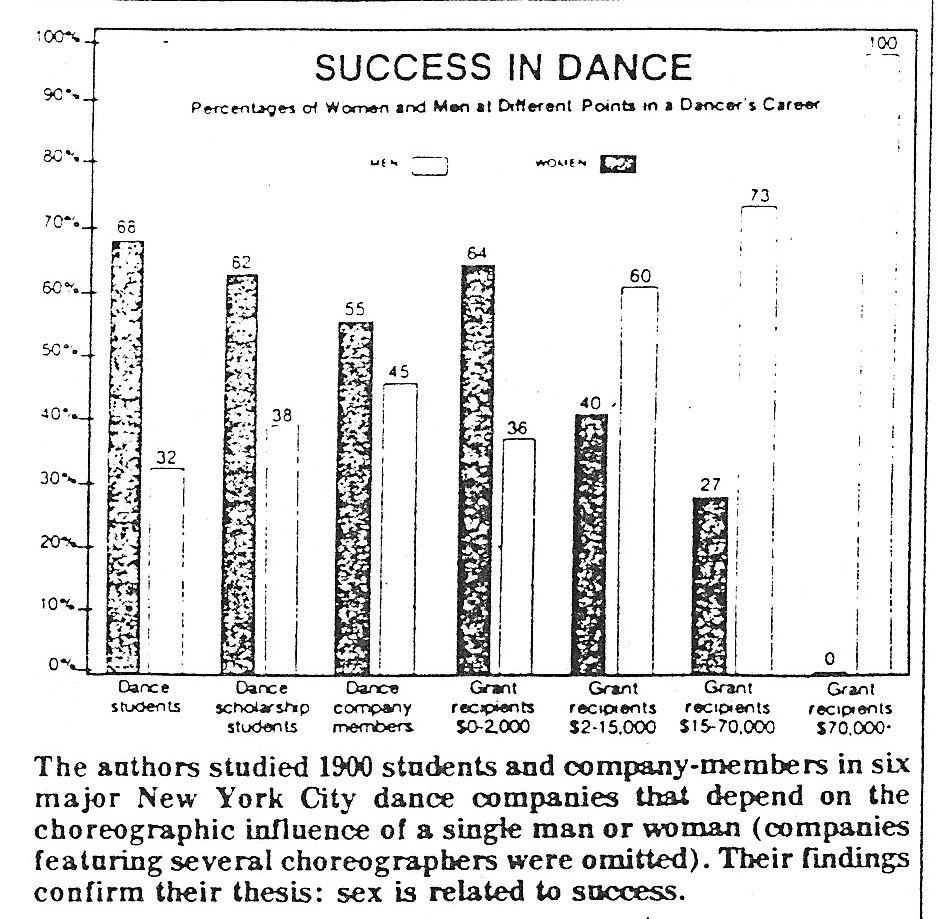
Behind these figures lies a wealth of stories, like that of the dancer who counted only two women choreographers out of the fifteen he had worked with during his four years with the Joffrey Ballet. Or the woman who could run down a list of auditions where she’d been good enough but not man enough for the job.
We interviewed fifteen young professional dancers and choreographers to find out how this situation affects their careers, what happens when a man or a woman tries to get a performing or teaching job, how men and women are treated in class, whether there are separate standards for men and women, and whether both women and men contribute to the problem. Because of the sensitive nature of their disclosures, the interviews quoted below are pseudonymous.
Most dance companies are equally composed of men and women, which gives the impression that dance is one of those rare places where equality and fairness are the order of the day. But as the chart shows, many more women than men are competing for about the same numbers of places. At a typical audition ten times more women than men will appear. For example, at Rudy Perez’s recent audition, six men and fifty-five women tried out. All six men, but only fifteen (or less than one third) of the women, were called back. [[This was when Perez still lived in NYC, before he moved to Los Angeles. I was dancing with him a couple years before writing this article.]]
Untrained men with a modicum of athletic ability tend to have a physical assertiveness that passes for performing skill. Such men are often accepted with barely a passing thought as to how they actually dance. One Connecticut dance company, whose women each had seven to twenty years of training, was forced to accept men with two or three years of training each because a female guest choreographer refused to do a large-scale piece only for women. We know of a young athlete, who, during one of his first dance classes in the Midwest, was spotted by a renowned choreographer and invited to dance with his New York company…Another was picked up at a discothèque. [[But there is something to be said for outsider dancers. Larry Keigwin was a club dancer before becoming a postmodern dancer.]]
The growing number of men has increased competition among them somewhat. An administrator in the school of one of New York’s leading ballet companies said, “Four years ago we would have given a scholarship to any boy who walked in the door.” He went on to say that nowadays they could be more selective, but were nevertheless still supporting boys with less training than their female scholarship students.
Now that we have men in dance, we have dance in the colleges, too. And college administrators are eager to preserve this connection, making sure that dance at their schools doesn’t slip back into being “women’s work.” “When are you girls going to hire a man?” the dance department chairwoman of a prestigious New England college was asked by a dean. [[This was at Trinity College, where Stephanie and I were both teaching; it was said to the director of the department in our presence.]]
Another dance department chairwoman felt obliged, since she had an all-woman faculty, to hire men to give master classes. She thought this would please the administration by making dance look more serious, and hoped it would attract more male students. One teacher, in telling a dean that dance enrollments were up, was asked, “But how many of them are boys?”
“Amy,” a charismatic performer and teacher who applied for a guest position in a college summer program, was rejected and then asked if she could suggest a good man. She says, “I tried to think of one who was available, but all the men I knew were knee-deep in jobs. They finally found someone. He’d been dancing half as many years as I had.”
Things look different through a man’s eyes. Every male dancer we spoke to vehemently defended the work he had put into his success. Ballet dancers point out that because present-day technique is heavily influenced by the characteristics of women’s bodies, they have a hard time mastering it. (Although men can generally jump higher, are stronger and have straighter torsos, women have the crucial advantage of being freer in the hips and upper back and having suppler feet.) [[This parenthetical statement may be irrefutable, but the generalizations still make me cringe.]] Also women have more often danced since childhood, giving them a head start in their technique. This may account for the feeling among many male dancers that they are victims in a “woman’s world.”
Despite this no one can deny that men have more opportunities. “Don,” a talented and vibrant modern dancer, admitted, “I couldn’t be where I am professionally if I weren’t a man.” He started dancing three years ago at the suggestion of a dramatic coach. With a little army discipline behind him and a natural ease of movement, he was asked to dance professionally after eight months. He quickly saw that there was more room for him in dance than in theatre. Much attention came his way in dance classes and although he knew the reason was simply a dearth of men, he made the most of it. “I get offered a lot of jobs,” he says. “I always take the one I can learn the most from.” He is fed up with women saying, “Oh, you’re a man, that’s different,” because he feels he chose his goal wisely and worked to make it happen.
Men are becoming a top attraction because they sell at the box office and they sell on stage. The Martha Graham Dance Company, whose repertoire traditionally features female protagonists, has begun to take in male dancers who have never even studied the technique. This is quite a change from the days when the Graham technique was sacred and a dancer was profane until she or he had spent years getting it under the belt.
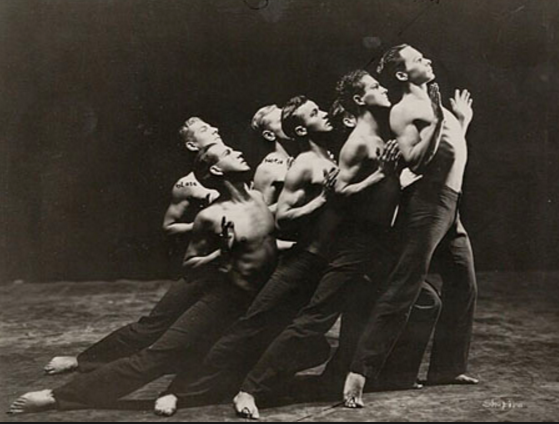
Ted Shawn and His Men Dancers, 1930s
And if a man sells, an undiluted flock of them sells better. The American prototype is Ted Shawn’s muscular, spectacular all-male company of the 1930s. Today’s counterpart is Pilobolus, a group of gymnasts whose debut in 1972 as an all-male dance company was greeted with near-hysterical acclaim.
All-male groups are praised for their virility, whereas all-female groups are seen as somehow deficient. The insinuation, whether vocalized or not, is “Couldn’t they find a man?” [[I think this has changed. It seems to me that all-woman groups and works often attain some measure of acclaim.]]
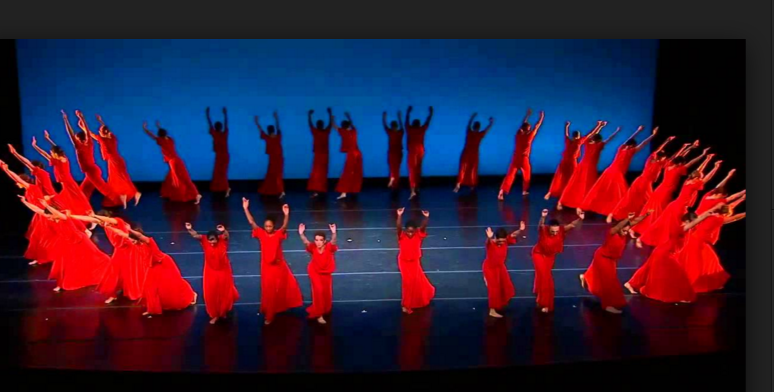
Panorama (1935), choreographed by Martha Graham
Women have undeniably contributed to this syndrome. If resistance to women’s success did not exist, women would probably create it. “Sheila,” a beautifully sharp-featured woman who has danced for several well-known choreographers, has rarely chosen to dance for a woman. Looking back, she analyses it this way: “Women like having a man around…it’s like choosing a doctor. You want to be led by a man, get the attention of a man. Deep down inside, you think he knows something and you don’t.” [[Arrrgggghhhh.]]
Asked why success in dance comes more easily for men than women, one woman answered, “Both men and women have doubts. Women let their doubts stop them, and men don’t.”
We have both taught beginning dance classes. Time and time again, we’ve seen that, in a new and possibly intimidating situation, men will be generally more aggressive, physically and personally. As a dance teacher, you see the whole problem embodied before your eyes.
“Scott,” a contemporary danseur noble, has guested with several international ballet companies. He readily claims that women ballet dancers are, hands down, technically superior in almost every company. “Scott” resents the low standards expected of men. “They can always throw a man out there to hold a woman up and he’ll look good, but he can’t dance.”
“Scott” himself loves partnering women; he takes pride in being the catalyst, the gallant guy who assists her to new heights. But, as he says, “When you lift all day long, you tighten up—not just your arm muscles, but your legs and back also. When I don’t have to lift, I become freer in my musculature.” (A more bitter young dancer complains that he is being used as a professional weight lifter rather than an artist.)
After working with many choreographers of both sexes, “Scott” reached a conclusion that surprised even him. “I get the feeling that when women do something it’s almost like fighting…fighting for women’s rights. It’s do or die. Total involvement. We (men) have been conditioned to be the breadwinners and they have to fight to show they can do it. It’s more intense.”
What women dancers have been able to do all along is to be spectacular and subtle at the same time. The exquisite feats that audiences marvel at are accomplished not by strength alone, but with sensitivity and skill. From Camargo to Taglioni to Cynthia Gregory, and from Duncan to the best of our contemporary dancers—Sara Rudner [[who is still a terrific dancer]], Jennifer Muller [[she no longer dances but her company has been going since 1974]], Carolyn Lord [[a ballet dancer turned downtown choreographer who now runs the Construction Company space]]—women have achieved a formidable mastery of the art and a range any performer would aspire to.
However, the quality of the dancing isn’t always what catches the audience’s fancy. Sometimes it’s the (undeniable) sexuality of the dancers. In the right cultural milieu—and this is it—men can become sex objects as easily as women. As Siegel says, “The featuring of men in ballet has created a new theatrical meat market.”
The only way to remove dance from the realm of sex-objectism is to become more familiar with it, so that we are comfortable watching the dancers, and their sexuality is not the overriding concern, eclipsing all other pleasures. [[I wish we’d come up with a more activist ending. If you think of something, please write it in the comments box below.]]
Photo of Martha Graham on homepage by Imogen Cunningham.
Featured Historical Essays Uncategorized 3
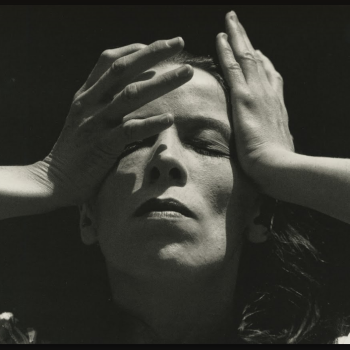
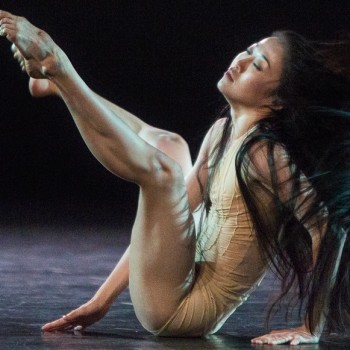

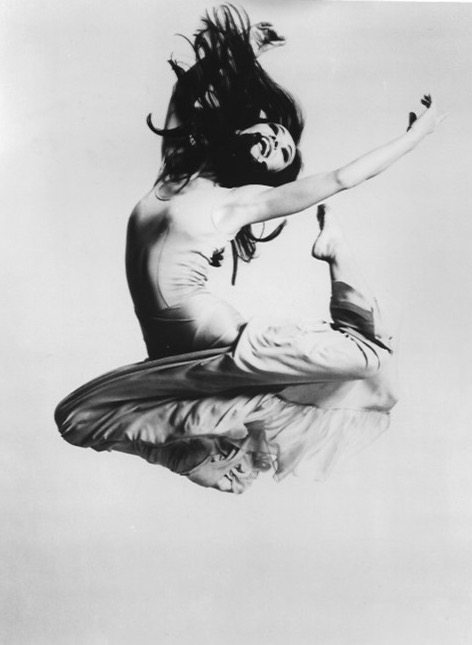
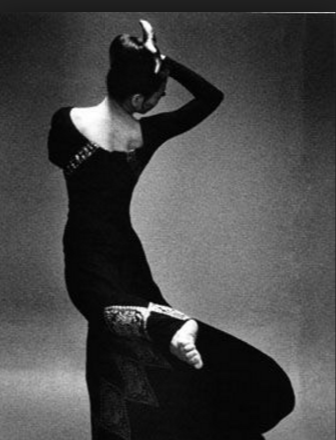
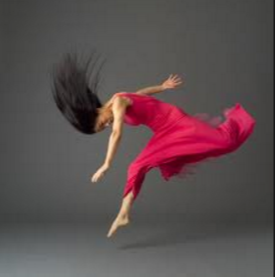
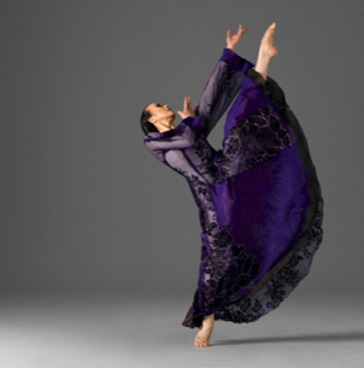
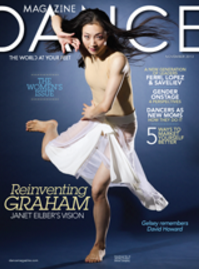
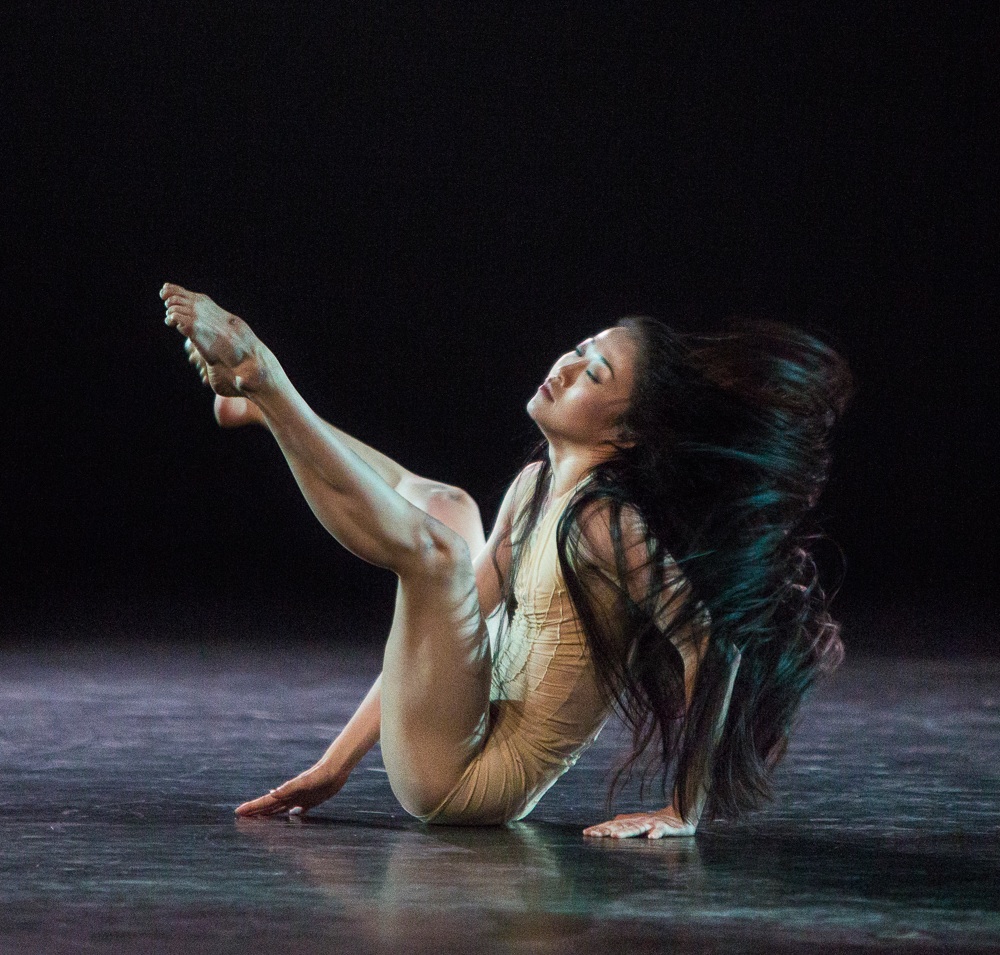
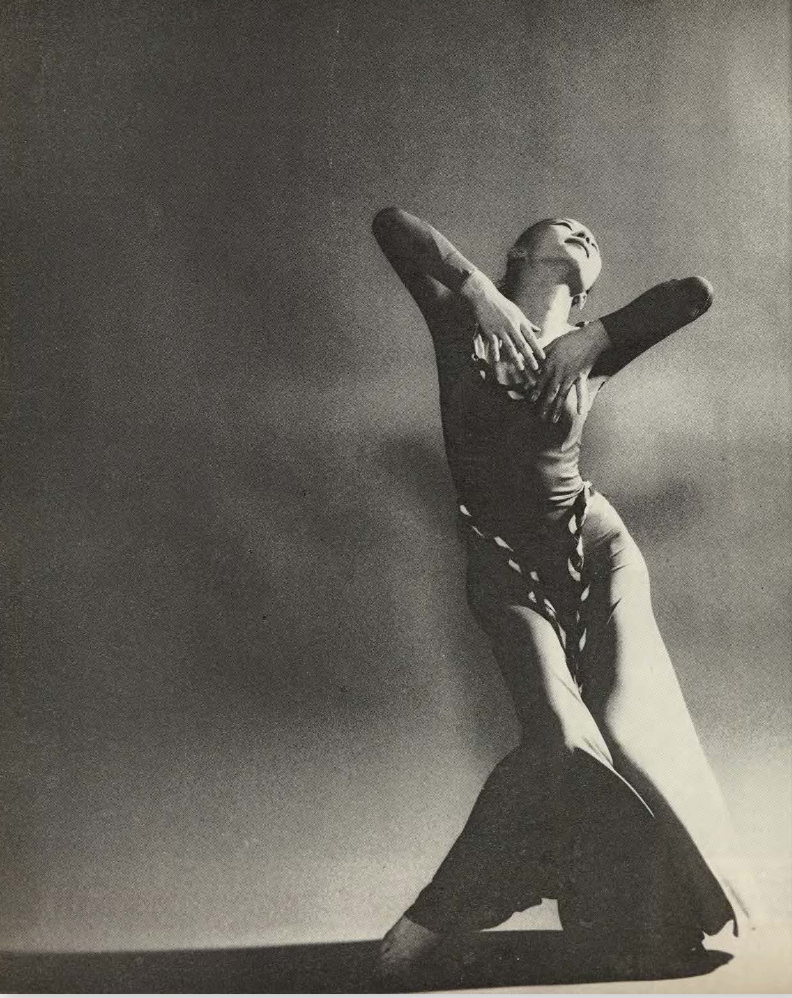
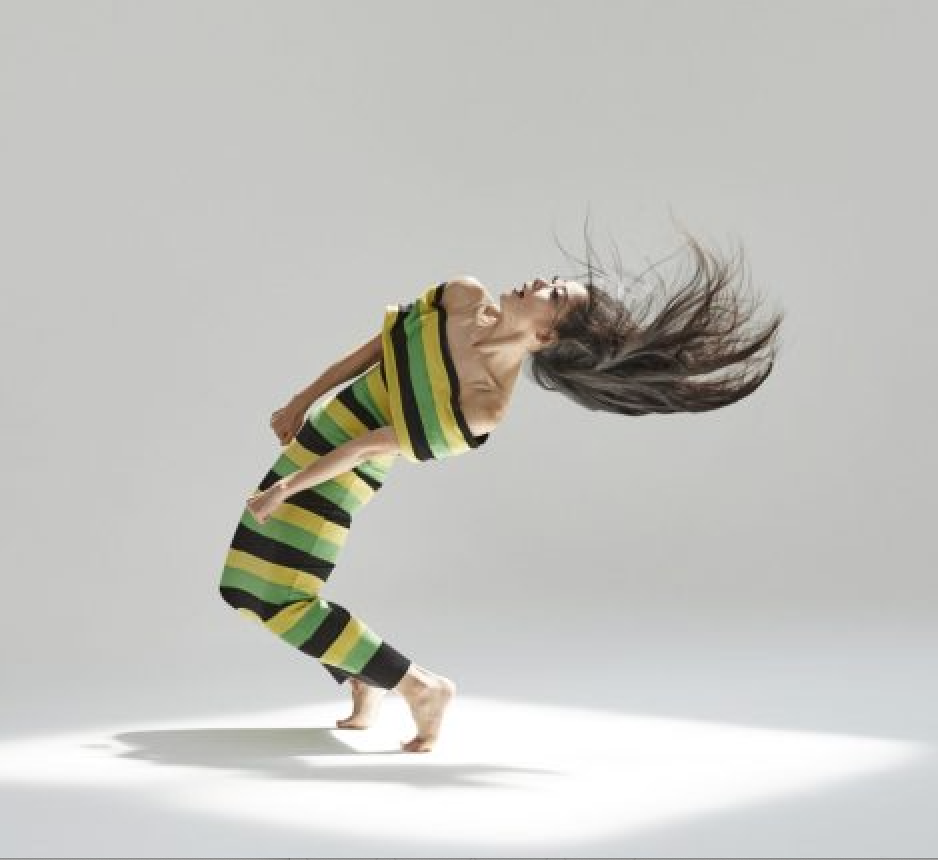
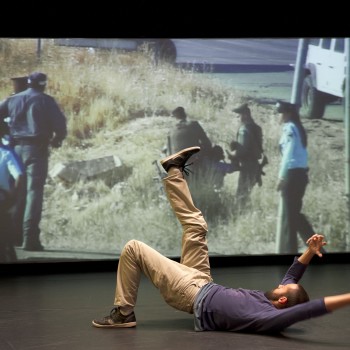
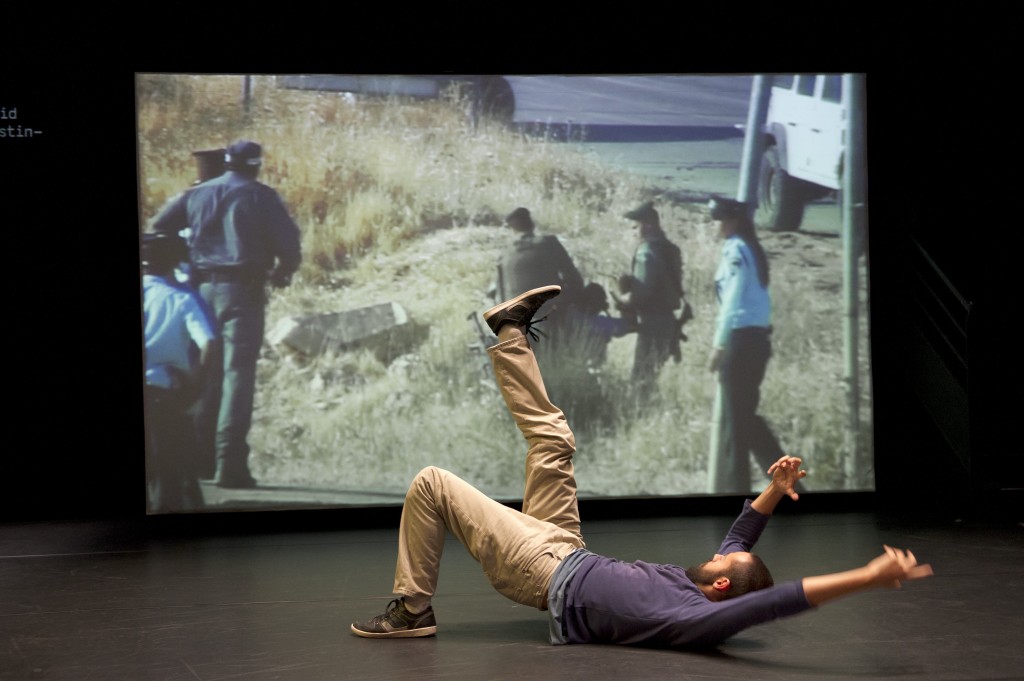
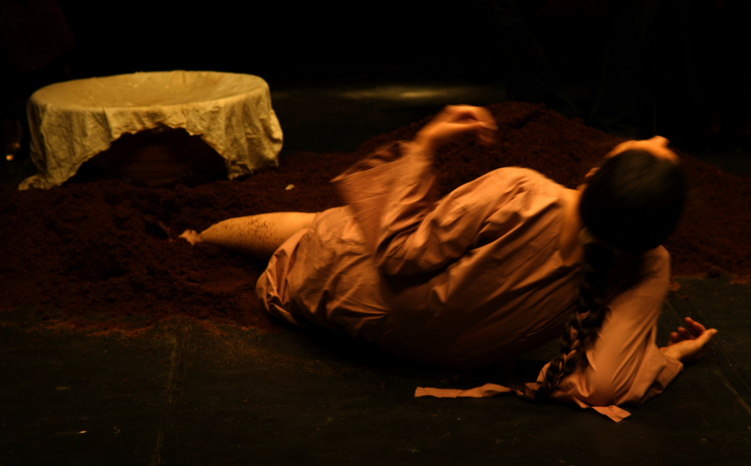
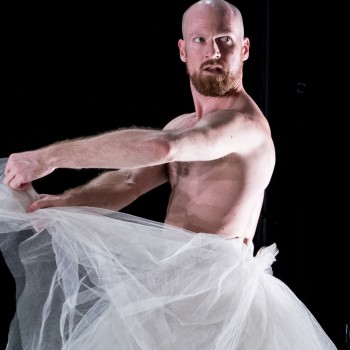
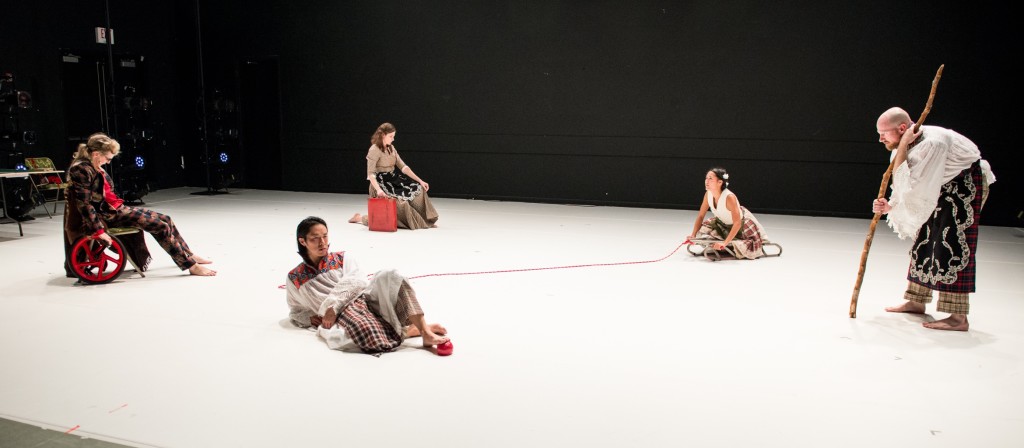

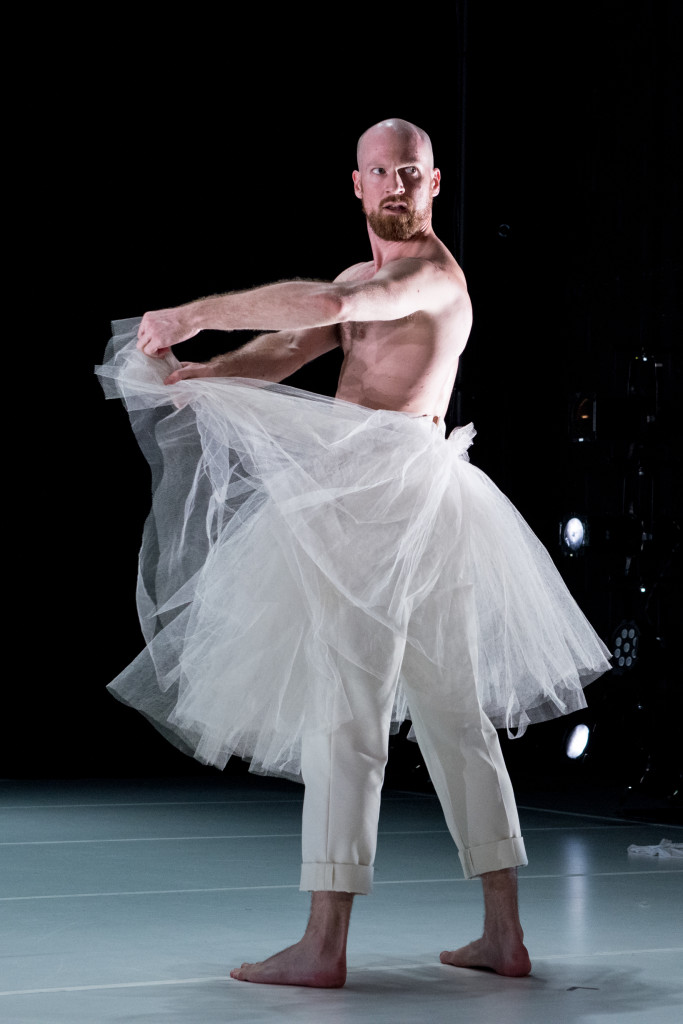
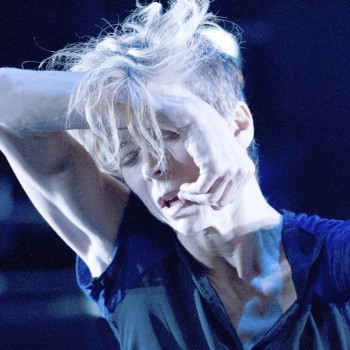
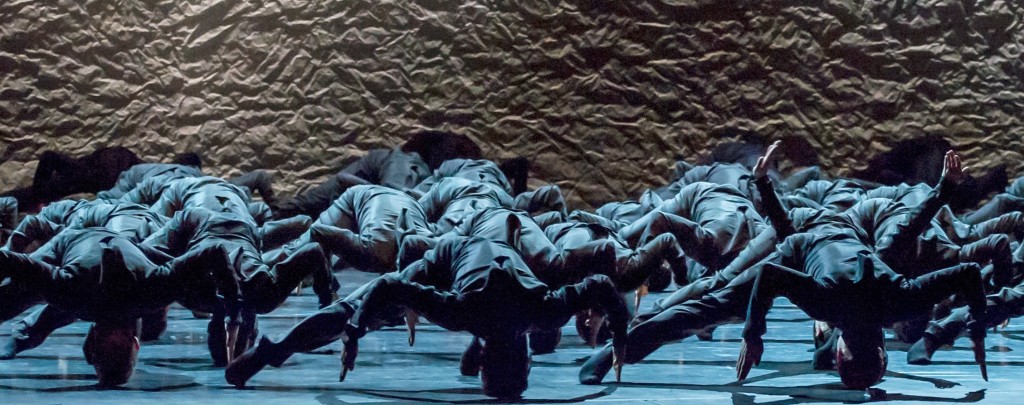
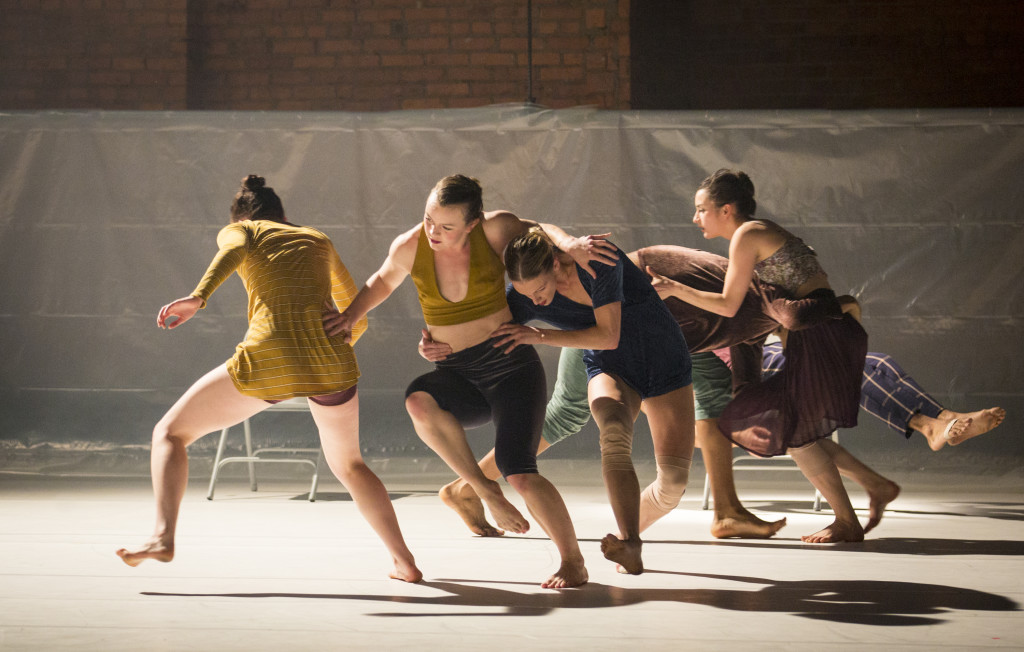
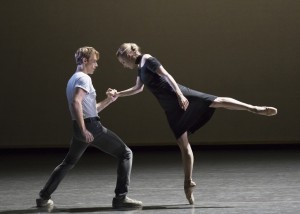
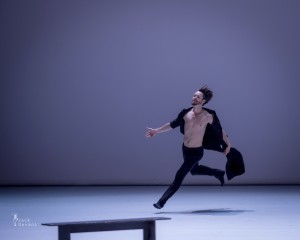
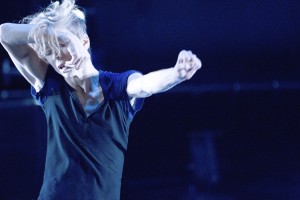
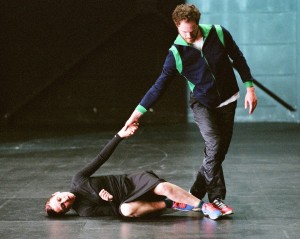 • Anne Teresa De Keersmaeker and Boris Charmatz’s Partita 2 at Sadler’s Wells in London. Postmodern in the best sense: dance that creates structure and relationship from nothing but movement and squeaky sneakers. Energizing.
• Anne Teresa De Keersmaeker and Boris Charmatz’s Partita 2 at Sadler’s Wells in London. Postmodern in the best sense: dance that creates structure and relationship from nothing but movement and squeaky sneakers. Energizing.
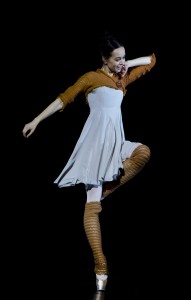
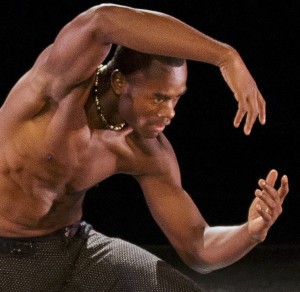 • Jamar Roberts in the Ailey company, magnificent in works by Robert Battle, Paul Taylor and Ron Brown and more. (photo of Roberts in Aszure Barton’s LIFT, by Paul Kolnik)
• Jamar Roberts in the Ailey company, magnificent in works by Robert Battle, Paul Taylor and Ron Brown and more. (photo of Roberts in Aszure Barton’s LIFT, by Paul Kolnik)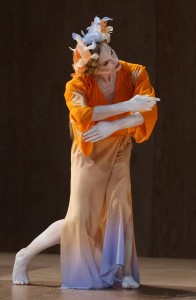
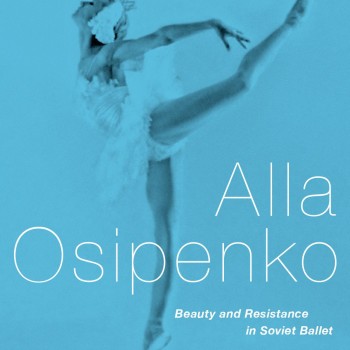
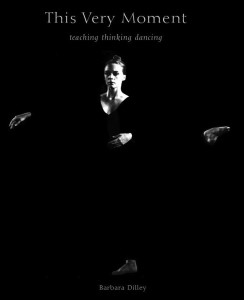 This Very Moment: teaching thinking dancing
This Very Moment: teaching thinking dancing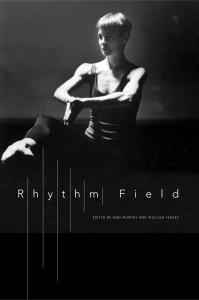 Rhythm Field: The Dance of Molissa Fenley
Rhythm Field: The Dance of Molissa Fenley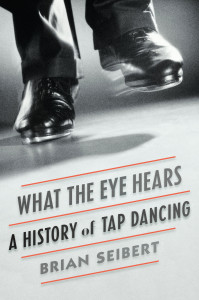 What the Eye Hears: A History of Tap Dancing
What the Eye Hears: A History of Tap Dancing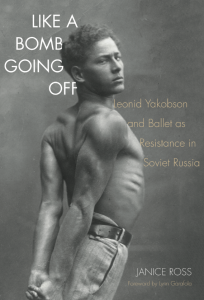 Like a Bomb Going Off: Leonid Yakobson and Ballet as Resistance in Soviet Russia
Like a Bomb Going Off: Leonid Yakobson and Ballet as Resistance in Soviet Russia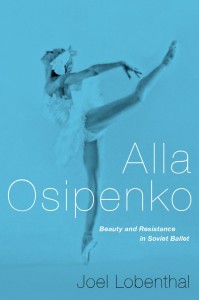 Alla Osipenko: Beauty and Resistance in Soviet Ballet
Alla Osipenko: Beauty and Resistance in Soviet Ballet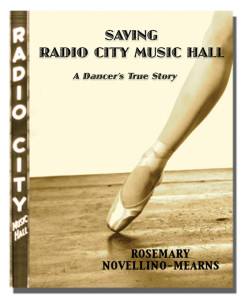 Saving Radio City Music Hall: A Dancer’s True Story
Saving Radio City Music Hall: A Dancer’s True Story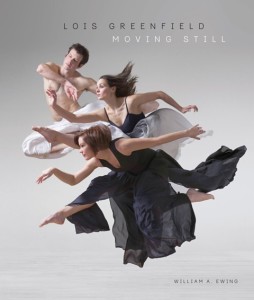 Lois Greenfield: Moving Still
Lois Greenfield: Moving Still Rupert Can Dance
Rupert Can Dance Changing the Conversation: The 17 Principles of Conflict Resolution
Changing the Conversation: The 17 Principles of Conflict Resolution